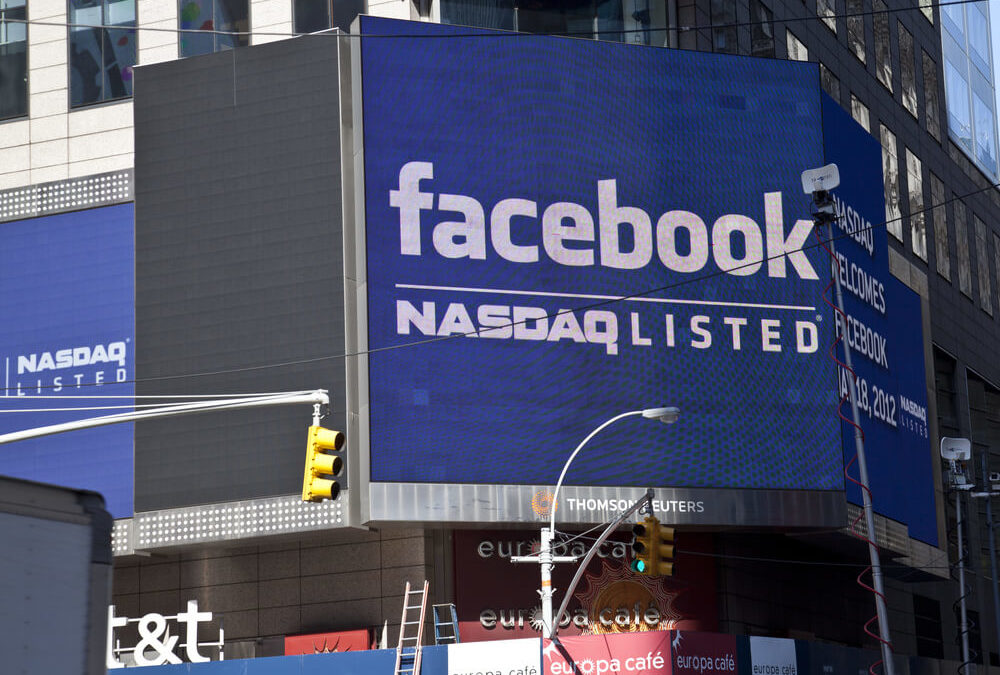Economist Peter Schiff said on his latest podcast that FAANG stocks — Facebook, Amazon, Apple, Netflix and Google — had been carrying the stock market for much of the past several months. And now that they’re taking a beating, we are dipping into bearish territory for the market as a whole.
The massive selloff we’ve seen during the month of October comes as we’ve gotten a strong GDP report of 3.5 percent for the past quarter, and overwhelmingly positive quarterly earnings calls. This should have you especially on edge regarding the market, says MarketWatch opinion columnist Howard Gold.
Since hitting all-time highs this year, Facebook and Netflix have tanked about a third from their peaks, Google parent company Alphabet and Amazon have plummeted 20 and 25 percent, respectively, crossing the bear threshold of 20 percent losses. Apple is the lone hold out, but even it’s down 8.5 percent from its all-time high.
Per MarketWatch:
The FAANGs’ comeuppance was long overdue. What’s more disturbing is the huge decline in economically sensitive sectors. At Monday’s close, the SPDR S&P Homebuilders ETF XHB, +3.48% was down more than 30% from its January all-time high. Home builders never recovered from the early 2018 correction and kept falling instead of rebounding to new all-time highs.
Other cyclical stocks have been pummeled. The S&P 500 Airlines index SP500-203020, +1.86% has fallen 19% since its early January peak, and the bellwether Dow Jones Transportation Average DJT, +1.69% is off 14.5%. The S&P 500 Automobiles & Components Industry Group Total Return index SP500-2510TR, +0.01% lost one-third of its value before a little bounce last week.
Sectors that historically have done well later in a recovery also have sold off big from the all-time highs hit earlier this year. The Materials Select Sector SPDR ETF XLB, +1.71% is down around 20% from its all-time high, while the Industrial Select Sector SPDR XLI, +0.85% is off by about 14%. Even the Financial Select Sector SPDR ETF XLF, +0.59% which is supposed to benefit from rising interest rates, has lost 15% of its value from its 2018 peak.
So, if technology is lagging, economically sensitive sectors are in or near bear markets, and late-cycle sectors are also reeling, where will the leadership for the next move up come from? Consumer staples? Utilities? Get the picture?
Gold goes on to say that since the unemployment rate is at a 50-year low while we have a robust 3.5 percent GDP, that number is down from the second quarter’s 4.2 percent, which means we might have seen the peak of the economy’s red-hot run.
His rationale is that last year’s corporate tax cuts have not paid off as advertised, with business investment rising just .8 of a percentage point while depressed trade numbers have undercut GDP growth by 1.78 percent, the largest negative contribution to the GDP in 33 years.
Regarding quarterly earnings, nearly half of the S&P 500’s companies have reported and 77 percent of them have topped Wall Street estimates — but we’re still seeing a massive stock market selloff.
Clearly, investors already are asking what will you do for me next year? As the Federal Reserve continues to raise short-term interest rates and as yields on 10-year Treasury notes TMUBMUSD10Y, +0.64% have settled above 3% and look poised to move higher, investors are faced with rising rates and lower earnings growth next year. No wonder they’ve been selling.
We’ll probably see some strong rebounds, but stocks have big hurdles to climb before they give investors the “all-clear” signal. I don’t know if we’ll have another recession and bear market or if stocks will just post lower returns over the next decade, but something fundamental has changed and I’m worried.



